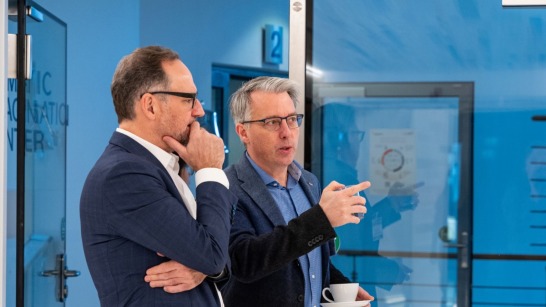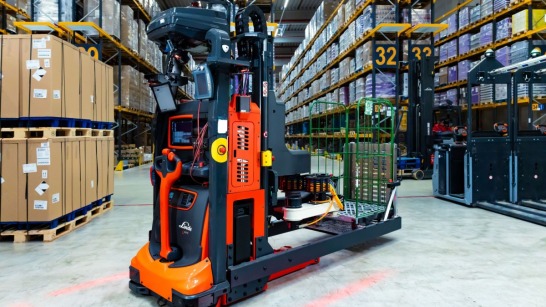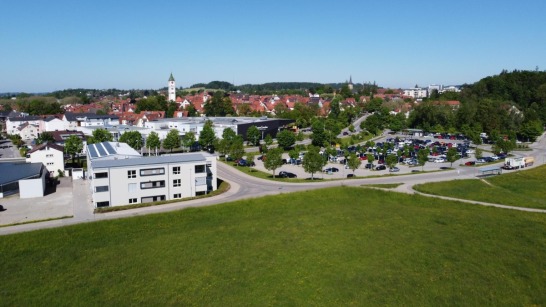To the point:
1. Which companies does the KION Group work with strategically?
The KION Group maintains strategic partnerships with NVIDIA (AI & simulation), Accenture (digital transformation), Quicktron (AMR technology), Eurofork (pallet shuttle systems), EP ( and Li-Cycle (battery recycling), among others.
2. What is the goal of the partnership between KION and NVIDIA?
The goal is to develop intelligent warehouse solutions based on digital twins, AI, and simulation. With the help of NVIDIA Omniverse, KION simulates entire warehouse processes to accelerate planning, commissioning, and optimization.
3. How does the KION Group select its technology partners?
Partnerships are formed specifically on the basis of identified gaps in the system architecture. Criteria include technological fit, regional scalability, regulatory requirements, and the ability to implement quickly.
4. What does the cooperation with Li-Cycle mean for sustainability at the KION Group?
Thanks to the partnership with Li-Cycle, lithium-ion batteries are recycled at the Magdeburg site. Up to 95% of the raw materials contained in the batteries can be recovered—a key step toward a circular economy.
5. What role does Quicktron play at KION?
KION relies on Chinese specialist Quicktron for its hardware and, together with Dematic, is implementing major projects such as Radial Europe with 299 AMRs, as well as other goods-to-person systems in the US and horizontal transport systems with ITS.








